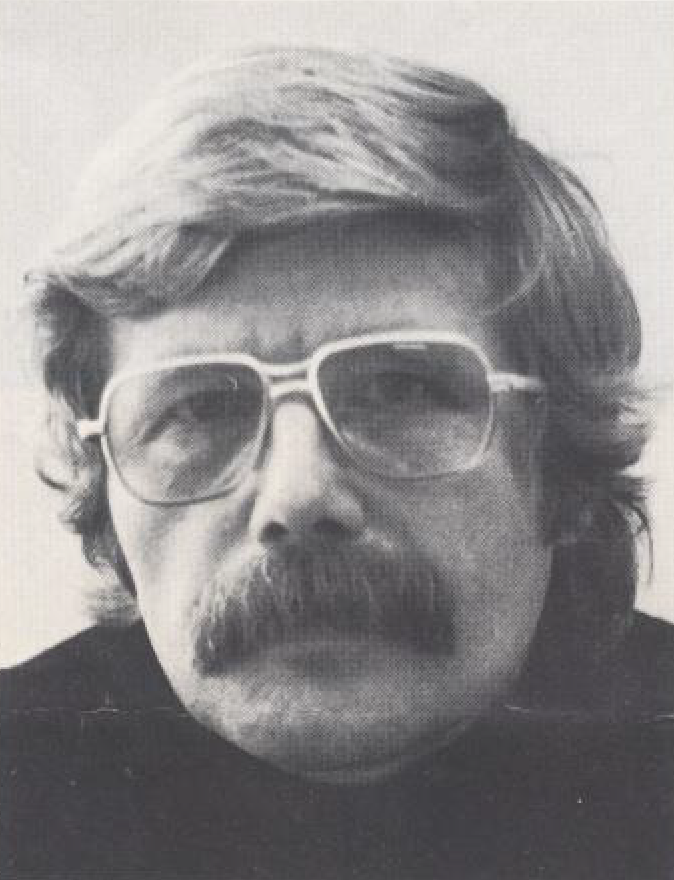The image grows with the format
by Manfred Rehm, press photographer



Pestered by merging lines in slides and with my head full of propaganda for dynamic photography, I recently fulfilled a long-standing wish: I purchased an optical bench camera. At first sight, a 4 x 5″ camera is absurd to handle the work of a versatile photo journalist employed by a news agency.
On second thought, applications begin to crystallize: the new bank building, the skylines, color shots for cover pages, the rare postage stamp at the auction, the new Olympia coin, and many others.
The conventional picture of the photo journalist with a 35 mm camera with motor drive and zoom lens will henceforth change in that there will also be a reporter with 4 x 5″ bellows camera where I happen to be.
What good is a motor drive camera at the art exhibition? It should be used at a football game or in a street march.
Those were some of my thoughts before I bought the large one. Then, while working with the large-format camera, I made an observation which came unexpectedly and above all things without any action on my part. Wherever I appeared with the big one, people showed respect and I heard less comments like
“What are you taking snapshots of?”
When seen with my 3 5 mm cameras, managers and other partners for a job used to say that they had the same model and started boasting about their alleged skills and merits in photography.
Many people automatically equate the same performance to the same camera.
The amateur using a prestige camera puts himself on the same professional level as a highly qualified specialist simply by owning the same camera model.
There is no need to discuss the fact that a substantial difference exists between the souvenir shot through the airplane window (even if it was taken with the most expensive SLR on the market) and the difficult business of a photographer which often consists of having to transform boring motifs into images of strong emotional appeal.


When the photographer uses equipment which his principals are not familiar with and above all do not know how to handle, this is a substantial gain in prestige for the photographer which will reflect in an appropriate fee.
The large-format photographer- many colleagues have observed and will be able to confirm this- is taken more seriously by his environment. Whenever possible, this gain in image should be exploited, provided Scheimpflug and displacement are familiar terms.
So, I got rid of the converging lines and as far as the rest is concerned applied my precise 35 mm techniques to the large-format camera to obtain remarkably good results. Primarily in conjunction with the new high-performance lenses, the quality standard has increased enormously.
Another delicate field is slide duplication, primarily from 35 mm to large format; no problem with the 4 x 5″ camera. Puny 3 5 mm or 6 x 6 slides can be transformed easily to the effective 4 x 5″ format and the surprised observer will take pleasure in the large-format duplicates as if they were originals.
The large format is also ideal for reproductions; the author has noted this benefit time and time again in his honorary capacity as the photographer for the Historic Society of Eschborn/Taunus when reproducing old postcards, stamps, and pictures
The “large one” has added a new dimension to my photo life and made it more interesting. For years, I had to tilt the easel when copying architecture shots and cheat my way through delicate assignments. This age of compromise is over. I now own the best prerequisite for creative work and first-class technology in all fields of photography.


More about today’s situation of large-format may be found in the SINAR Infos 13, 14, 15 and 16, available from SINAR LTD SCHAFFHAUSEN, CH-8245 Feuerthalen.





